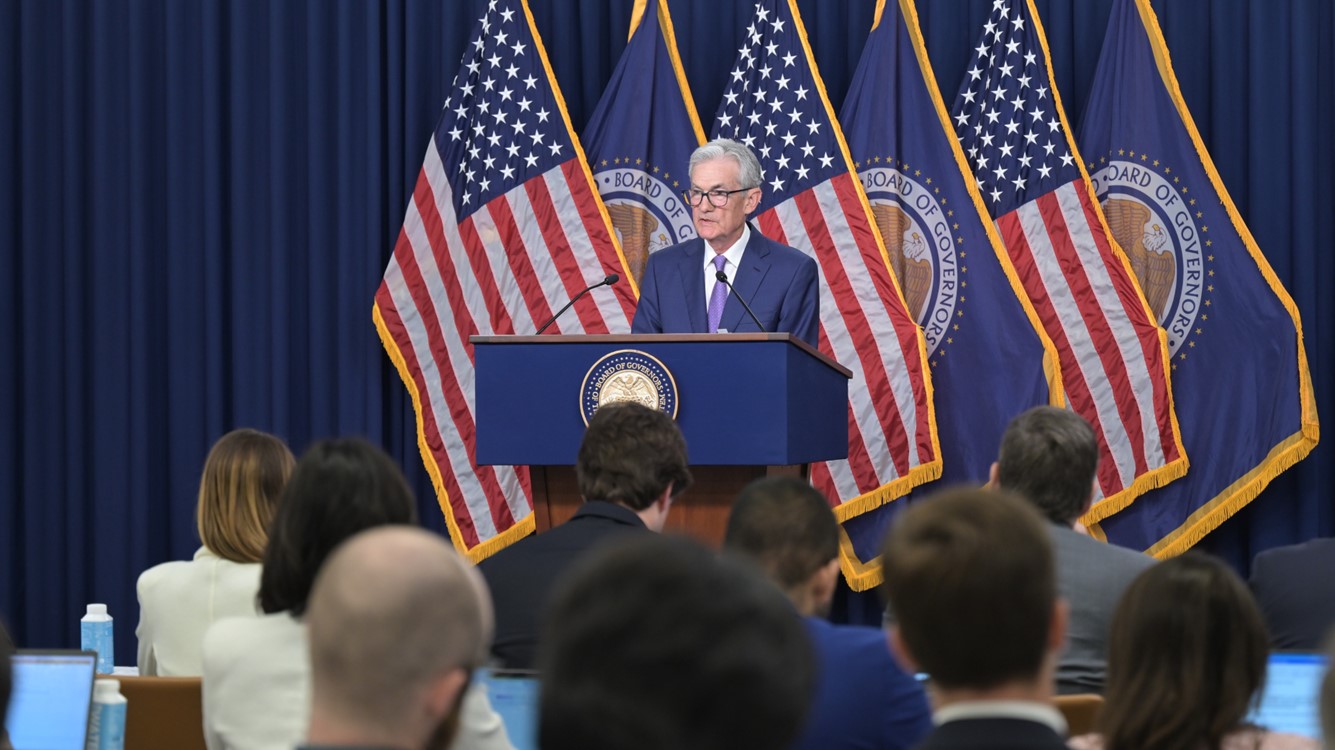Fed opens door to rate cuts
The Fed needs further confirmation that the improvement in inflation is sustained.

July 31, 2024
The Federal Open Market Committee (FOMC) – the policy setting arm of the Federal Reserve – voted unanimously to hold interest rates unchanged at their current 5.25% - 5.5% target in July. The statement following the decision was more hawkish than many market participants hoped. There were only minor edits to the language regarding progress on inflation and the prospects for rate cuts.
However, the line in the statement regarding risks was tweaked and made more revealing about where the Fed is headed. Instead of saying that the Fed remains “highly attentive to inflation risks,” it now says, “is attentive to the risks to both sides of its dual mandate.”
That shift reflects the Fed’s concern that it could overtighten and miss hitting its mark on a soft landing. Chairman Jay Powell had laid out his concerns earlier in the month in testimony to Congress. When pushed on the Fed’s dual mandate – to foster price stability and full employment – and the risk that it could inadvertently overtighten, Powell responded, “It’s the number one risk” that keeps him up at night.
Chairman Powell went further in his statement as he opened the press conference following the meeting. He said that if inflation fell faster or unemployment rose more than expected, the Fed would move.
The Fed is widely expected to cut in September. Powell was pushed on why the Fed did not cut today, given where the Fed is today. He emphasized that the Fed just needs more good evidence on inflation improving. The Fed does not want to find itself in the position that the European Central Bank now finds itself, which is a monetary policy purgatory. It cut before the Fed in June, only to be humbled by stickier service sector inflation thereafter. That has left it in an uncomfortable holding pattern, unable to commit to cutting again in September.
Powell said that the Fed will be “data dependent but not data point dependent” in its decisions. This is important, as financial market participants tend to react to each individual data point instead of taking the data in its totality.
How would a downside surprise on the labor market affect their decisions? Powell countered that the Fed has raised the weight it puts on shifting labor market conditions in its decision making. He said that the labor market is close to what we saw pre-pandemic, which was not an inflationary labor market. “I would not like to see a further material cooling in the labor market,” he said.
Powell was clearly more encouraged about the improvement in inflation. The slowdown that we have seen this year has been much more broad-based and sustainable than what we saw last year.
Powell was asked about falling behind the curve on unemployment by waiting until September and whether the Fed is certain it won’t cause undue pain. He said “certainty” is not in our business.
When pushed about whether a rate cut was discussed at today’s meeting, Powell said that there was a real discussion at the meeting about moving today. But the committee made a unanimous decision against that.
Powell underscored that the Fed is well-positioned to respond to weakness. It has a lot of room to cut, something that was absent in the 2010s. When pushed on the “Sahm Rule,” a recession indicator that is close to being breached, he echoed a skepticism that Claudia Sahm, whom the rule was named after, did in a recent post. She argued that much has changed in the post-pandemic economy. He evoked Mark Twain and said that “History doesn’t repeat itself, but often rhymes.”
When asked about the election and different proposals on the table, he became animated. “We don’t do that,” Powell said. Members of the FOMC can’t anticipate how various policies will play out and can’t make policy on assumptions about those policy shifts. That said, it will be blamed for influencing the election no matter what it does.
Powell reminded reporters that this is his fourth election cycle. The election itself has never factored into the Fed’s decision making. There are the transcripts of the FOMC meetings to back him up on that claim.
We still expect two rate cuts by year-end, starting in September.
Diane Swonk, KPMG Chief Economist
Bottom Line
The Fed discussed a rate cut at this meeting, but the decision was punted to September. That is where we were prior to the meeting. The Fed needs further confirmation that the improvement in inflation that we saw is sustained. We only have one quarter of information. We don’t need to see a further improvement in inflation, just a continuation of where we are. We still expect two rate cuts by year-end, starting in September.
Explore more

KPMG Economics
A source for unbiased economic intelligence to help improve strategic decision-making.

Turbulence beneath the surface: A view from abroad
Inflation appears to have peaked across much of the world.
Subscribe to insights from KPMG Economics
KPMG Economics distributes a wide selection of insight and analysis to help businesses make informed decisions.
Meet our team
